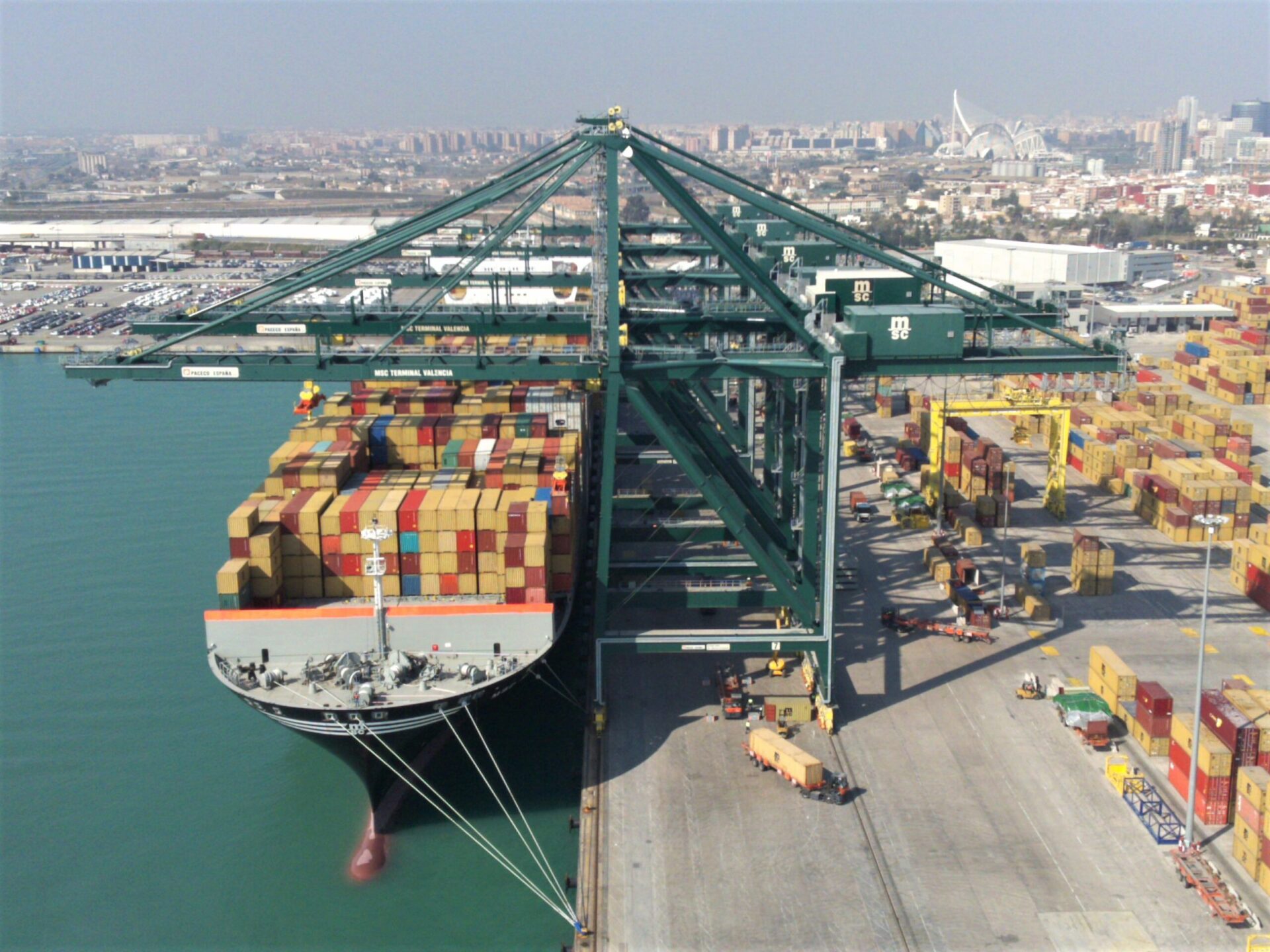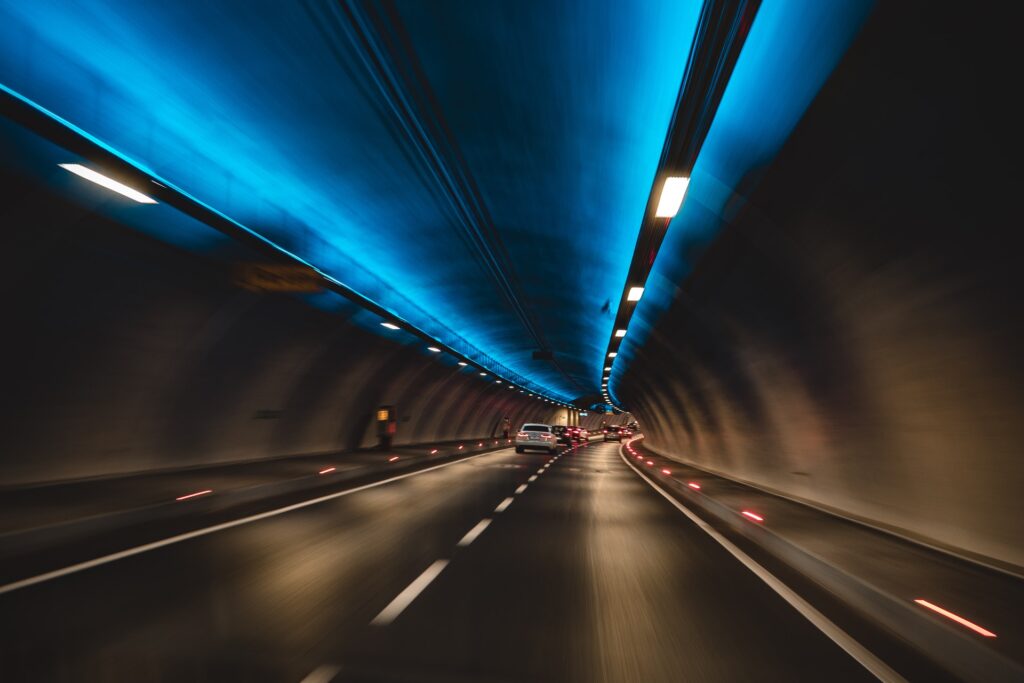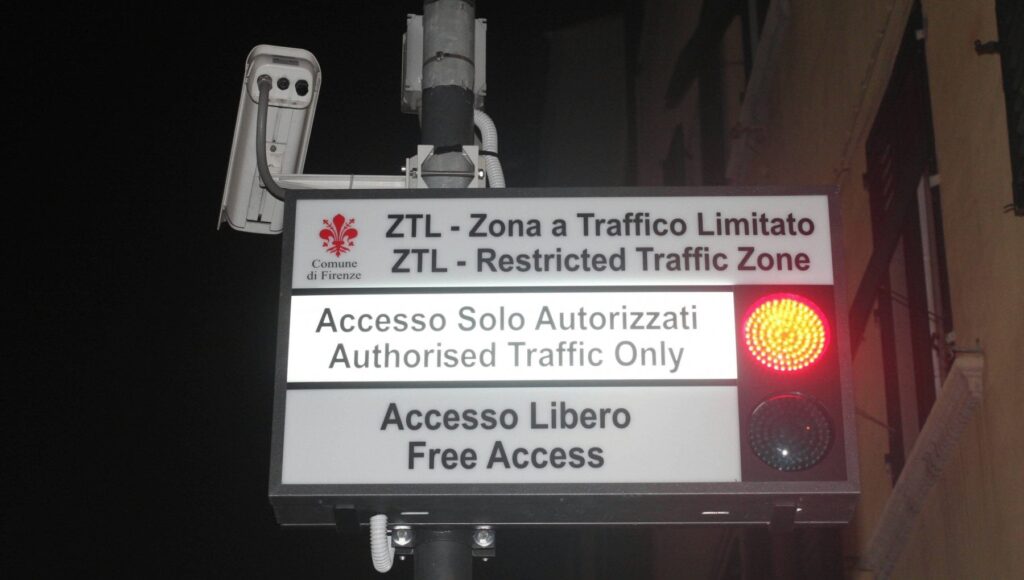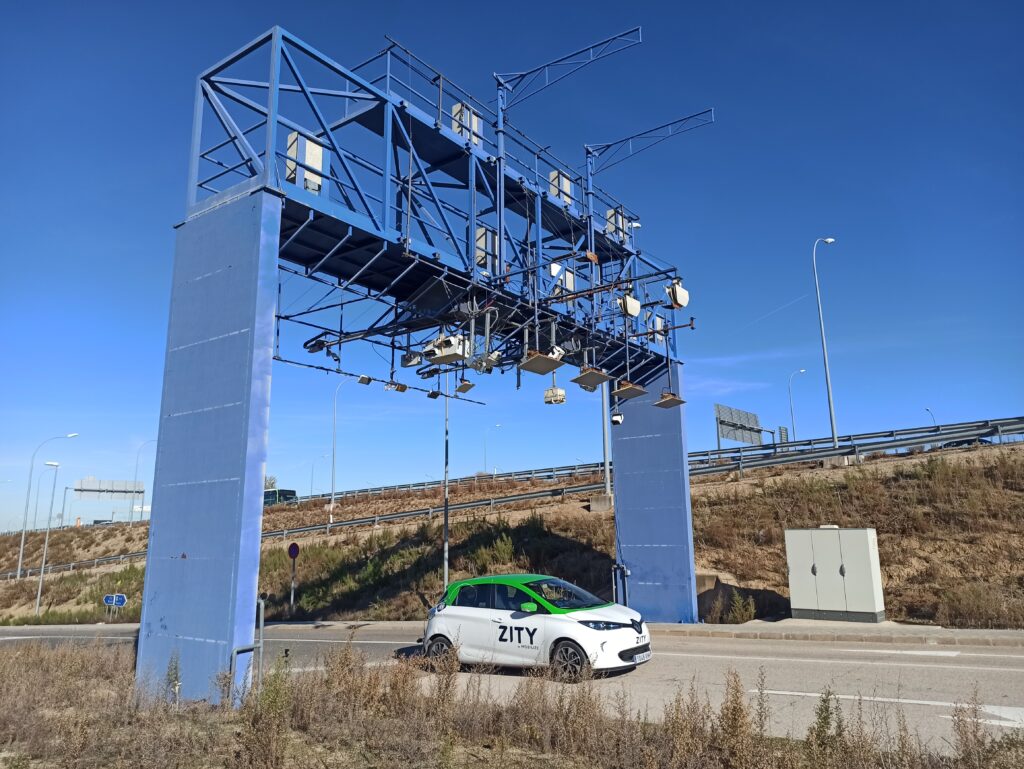Demo
Valencia – Railway traffic emissions and sea traffic noise and emissions
Advancing port sustainability: Valencia pilot showcases remote sensing for ship and train emissions

Ship gaseous emissions remote sensing in Valencia port
In the port of Valencia, the NEMO project has successfully implemented a pilot demonstration for ship gaseous emissions remote sensing. Utilizing a combination of commercial instruments integrated into a mobile van, the pilot was able to measure NOx and CO2, and SO2. The methodology involved deploying the van at strategic locations within the port to capture emissions from passing ships. A vessel tracking system was also established to correlate the measured emissions with specific vessels, allowing for the calculation of emission ratios and the estimation of Sulphur Fuel Content (SFC). The simplicity of the deployment and the potential for long-term, unattended monitoring highlight the operational success of the project and its applicability to other ports.
Ship noise remote sensing in Valencia port
The ship noise remote sensing component of the Valencia pilot aimed to adapt the road noise remote sensing concept to maritime settings. By integrating a noise monitoring station with an acoustic camera, the pilot could identify dominant noise sources throughout a ship’s pass-by. The data collected provided insights into the sound level descriptors and the feasibility of long-term remote sensing for ship noise. The findings indicate a significant low-frequency noise component within port areas, underscoring the need for comprehensive noise monitoring systems that can address the unique acoustic environment of ports.
Train gaseous emissions remote sensing in Valencia port
The train gaseous emissions remote sensing activity focused on assessing the real-world emissions from diesel locomotives operating within the port. The E-RSD system, adapted from road vehicle measurements, was deployed at an elevated height to intersect the exhaust plume of passing trains. Despite the challenges of installation, the system proved capable of measuring key pollutants such as NOx, CO, and HC. The variability in emission levels among the locomotives tested suggests a significant potential for identifying high-emitting vehicles, similar to the divergence observed in other transport modes.
Operational and scientific achievements
The Valencia pilot has demonstrated the operational feasibility and scientific validity of using remote sensing technologies to monitor emissions and noise from ships and trains. The pilot’s success in deploying various instruments and measurement techniques has provided valuable data for assessing emission and noise levels, proving the potential for continuous and autonomous monitoring systems in port environments. The detailed analysis within the report offers a comprehensive view of the methodologies used, the data collected, and the implications for environmental monitoring and policy-making in port areas.
Solutions
Solutions used in this demo
All our demos
Europe demonstrates solutions
There will be four real-life demos around Europe, each with a different focus





